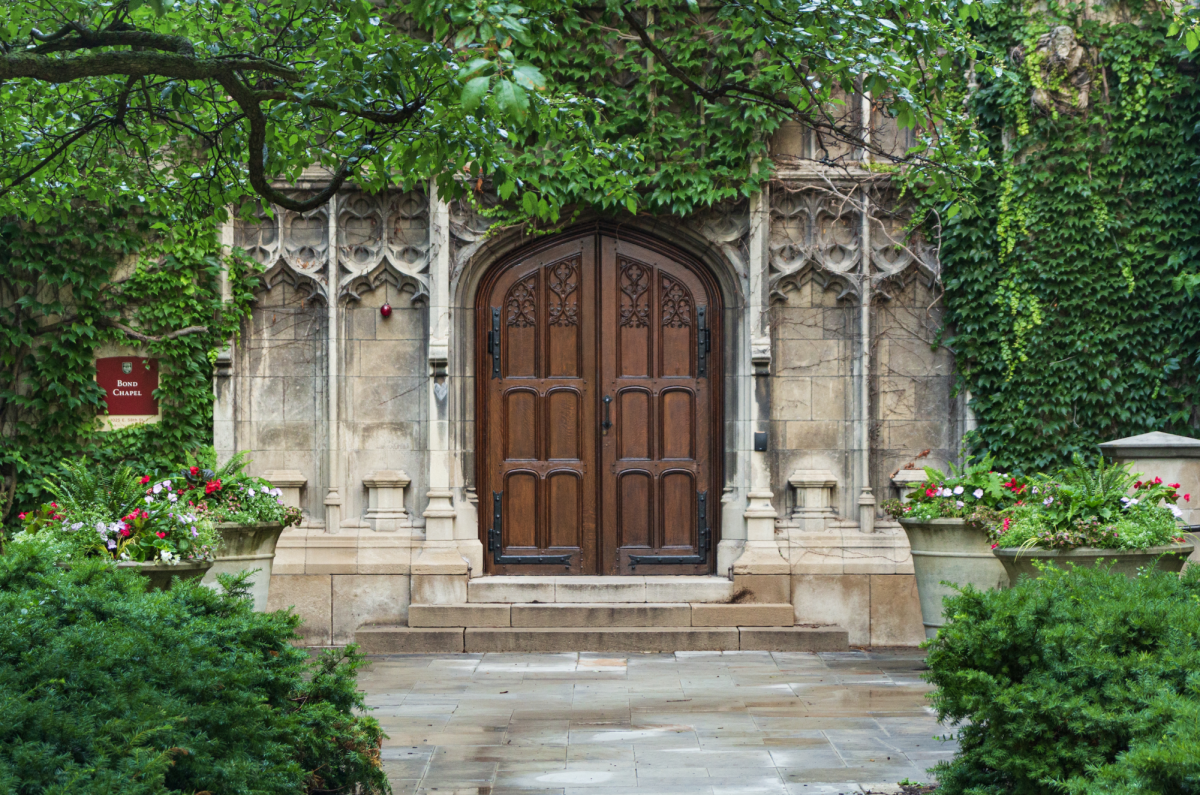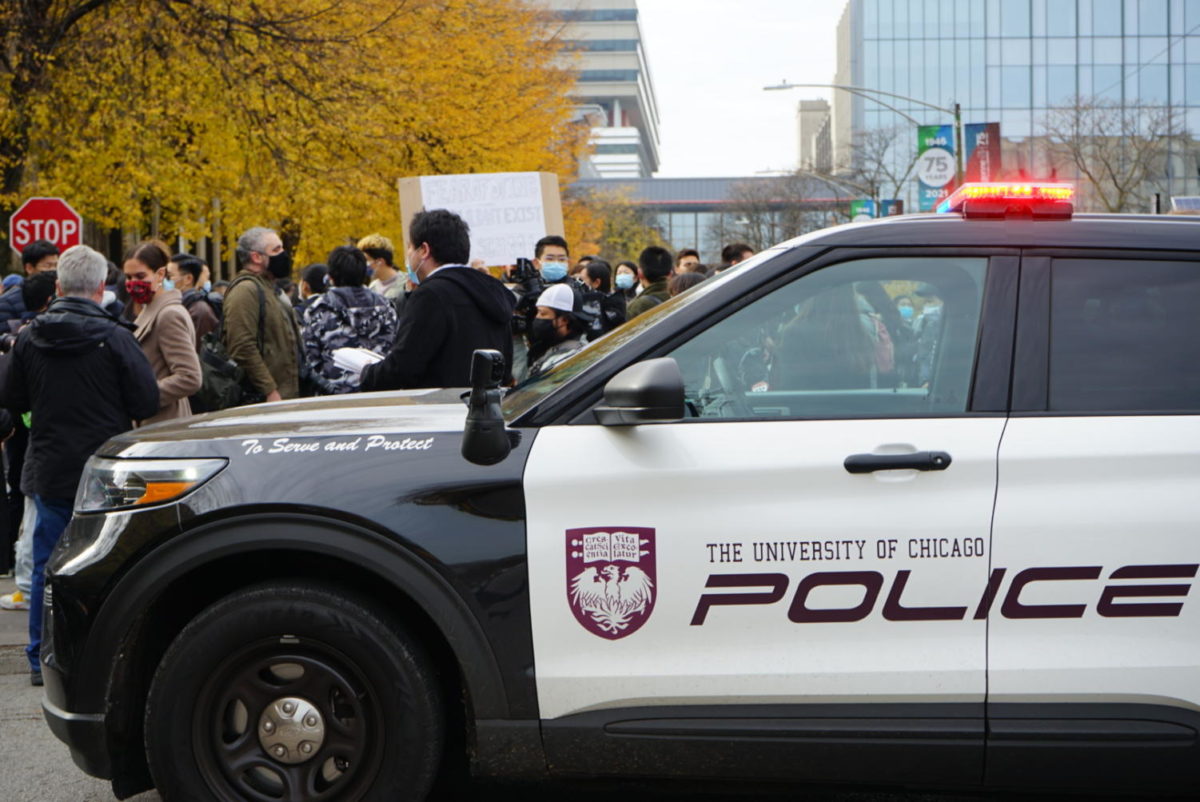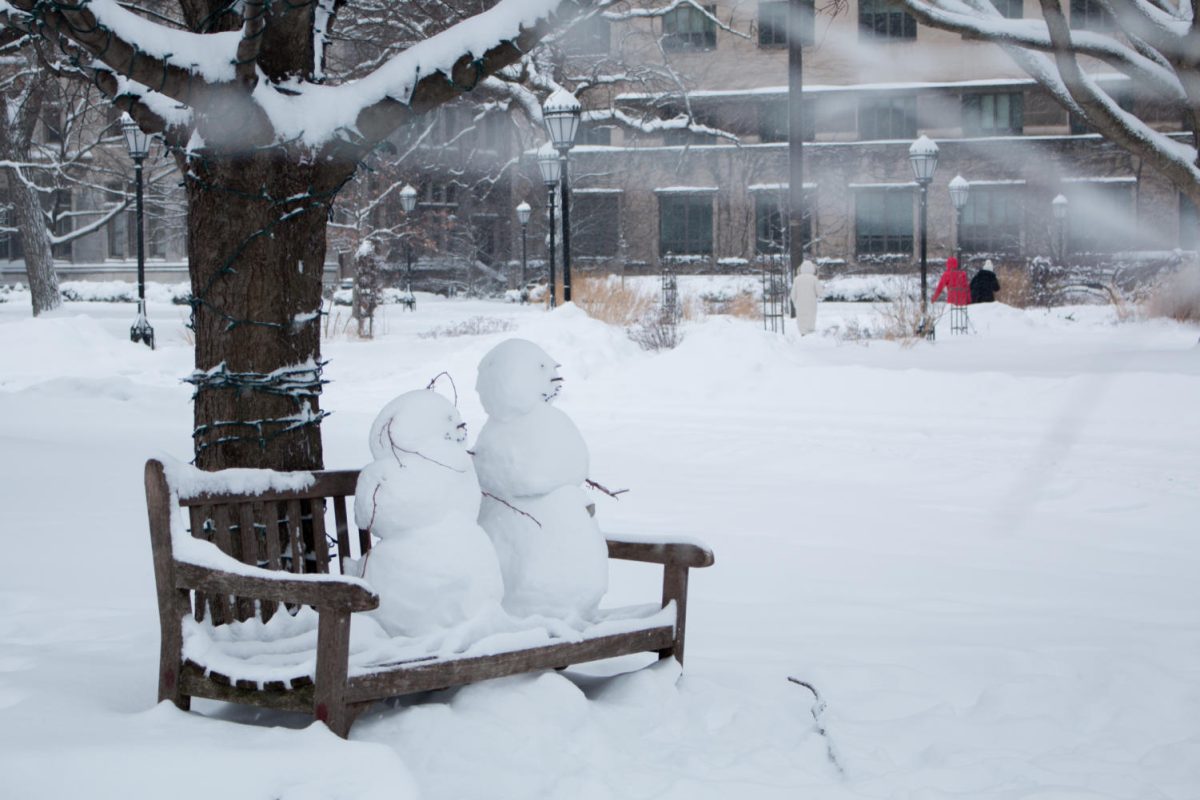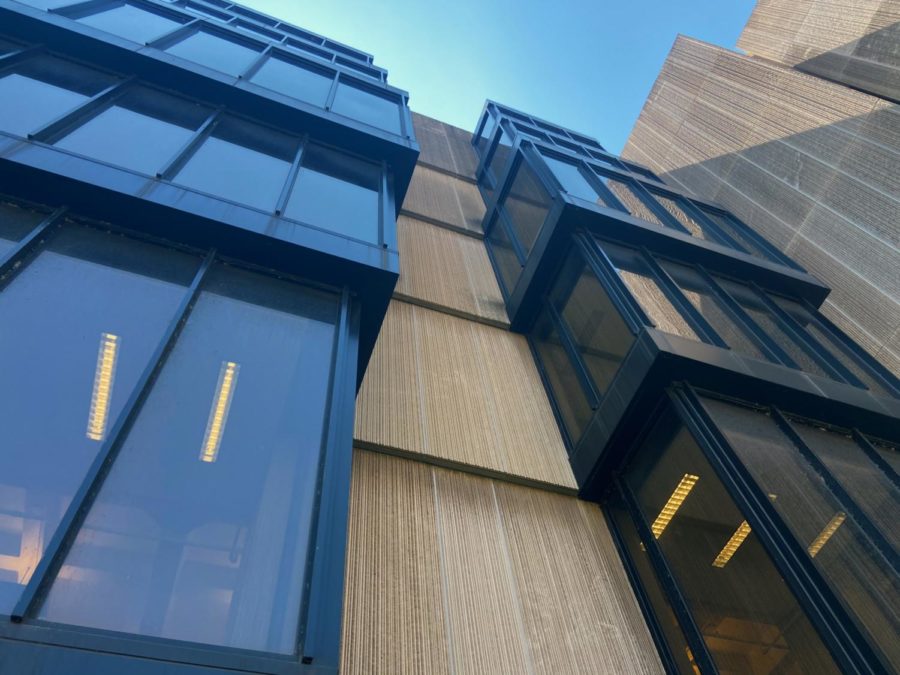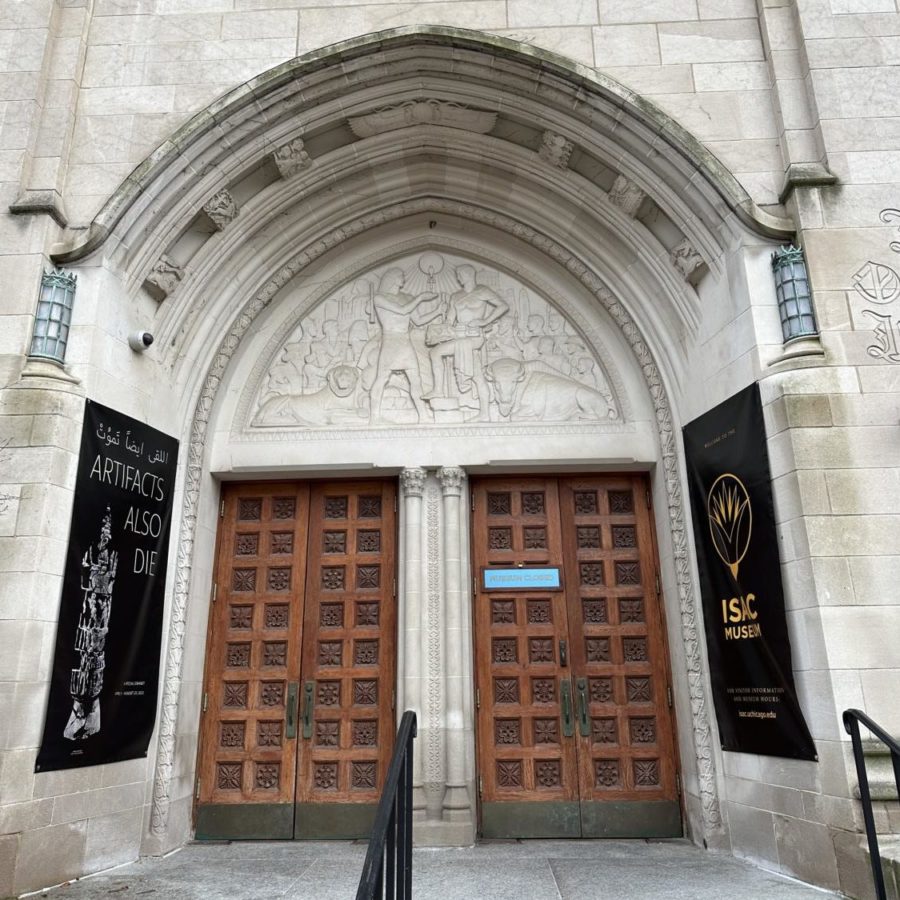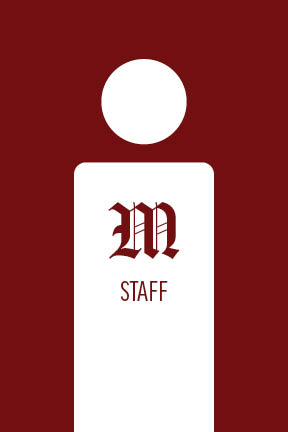At a time when the Occupy movement is putting the spotlight on student activism more than ever, the University has decided to take noteworthy steps to regulate protests on its own campus. As reported in today’s issue of the Maroon, the administration last quarter made changes to the student manual in regards to students’ rights to protest. A new passage states that those participating in a protest within a University building must leave when the building closes, and goes on to say that non-compliance “may lead to arrest and prosecution.” This and other ominous changes to the manual are oftentimes unclear and leave us worrying that the University has encroached on student speech.
The manual changes were first publicized not by the University, but by SOUL (Students Organizing United with Labor), who see the changes as a direct response to a sit-in last June in President Robert Zimmer’s office against housekeeping and food service layoffs. The protest was ultimately successful, but SOUL claims that its success is what prompted administrators to attempt to curb campus activism. Although it is uncertain whether the new additions to the handbook are a direct response to June’s events, they certainly add further constraints to the current rules for student protest.
Protests are treated much the same way as other on-campus events: A request to protest must be submitted to ORCSA at least 48 hours in advance, and any student protesters must comply with University staff directives. These policies were put in place in the interest of containing the disruptive effects of and ensuring student safety during protests. However, the new changes are worded in an unclear manner and could be interpreted in a way such that they explicitly limit protest. After all, an essential component of any protest is to interfere with daily goings-on. It would be wise for the University to clarify that these most recent changes concern safety to eliminate this vagueness.
Mandating that students leave when a building closes is not an extreme measure. But threatening arrest for those who don’t leave is an extreme measure for what is a relatively minor offense. It is unlikely the UCPD would arrest a regular student staying after-hours, so singling out protesters in such a manner raises questions about the University’s regard for students’ right to assemble.
The University may not have malicious intentions with these new additions to the student manual, but it should be cognizant of what message such changes send to students. After the University’s chilly response to a student outcry against Condoleezza Rice and Henry Paulson’s planned visit last quarter, threatening to arrest protesters only contributes to the notion that the administration discourages protest. Although the U of C prides itself on being an advocate of free speech, these new changes are giving students one new thing to protest against.
The Editorial Board consists of the Editor-in-Chief, Viewpoints Editors, and an additional Editorial Board member.


